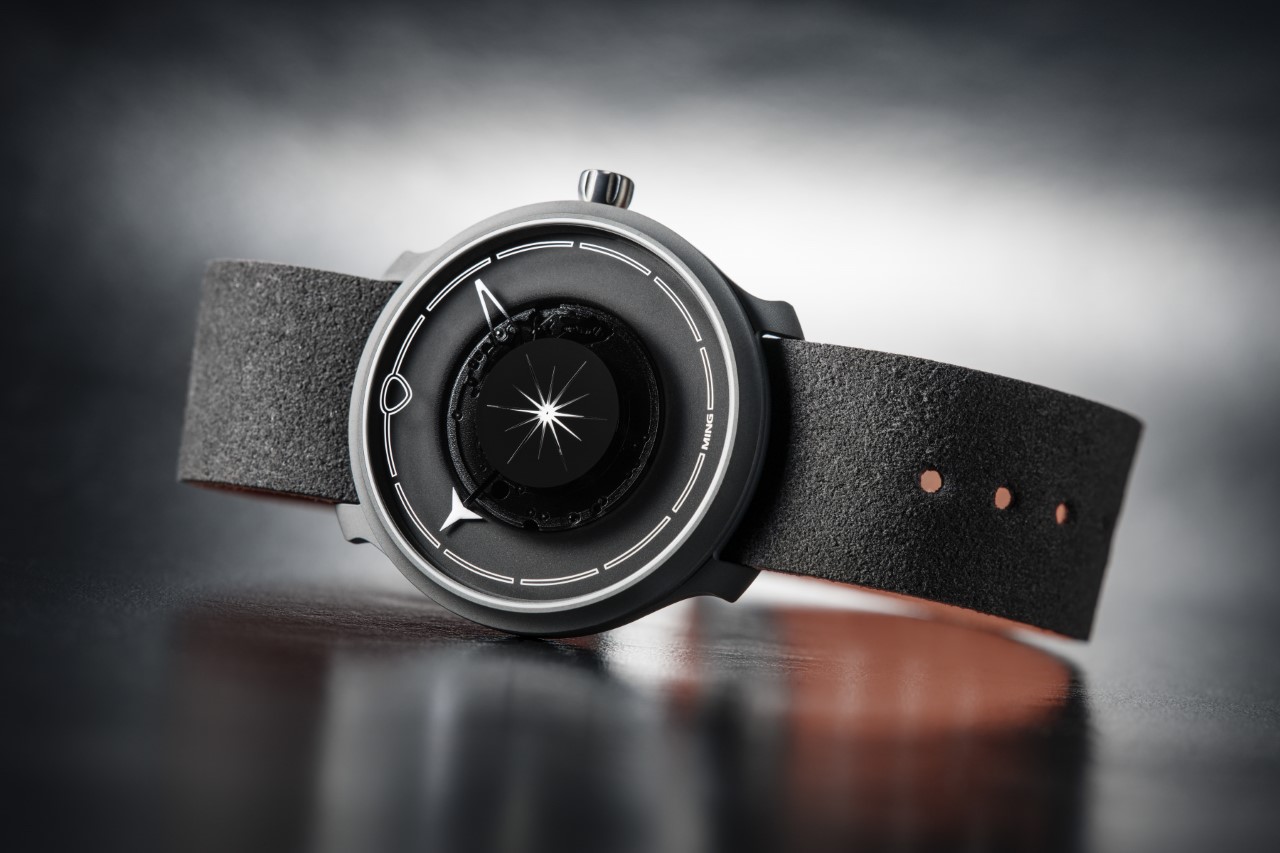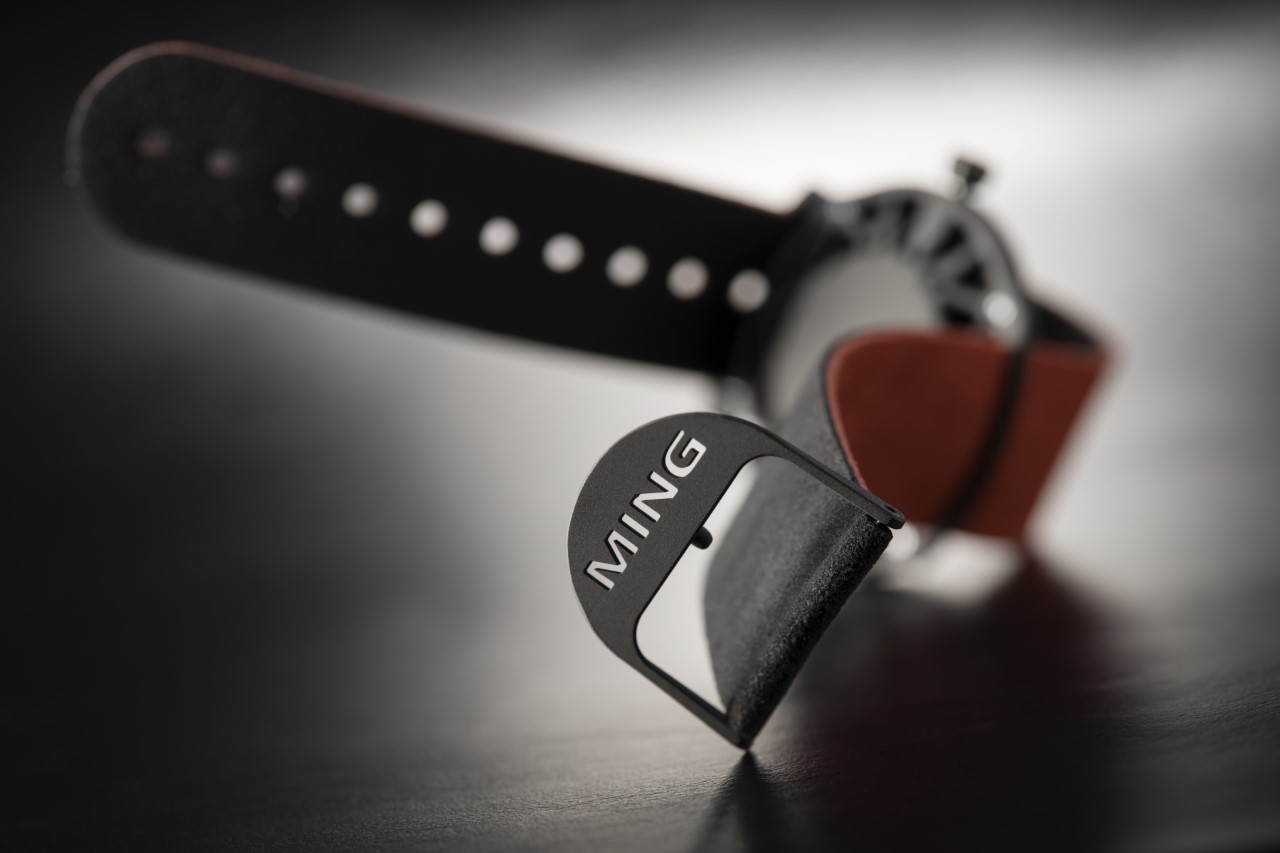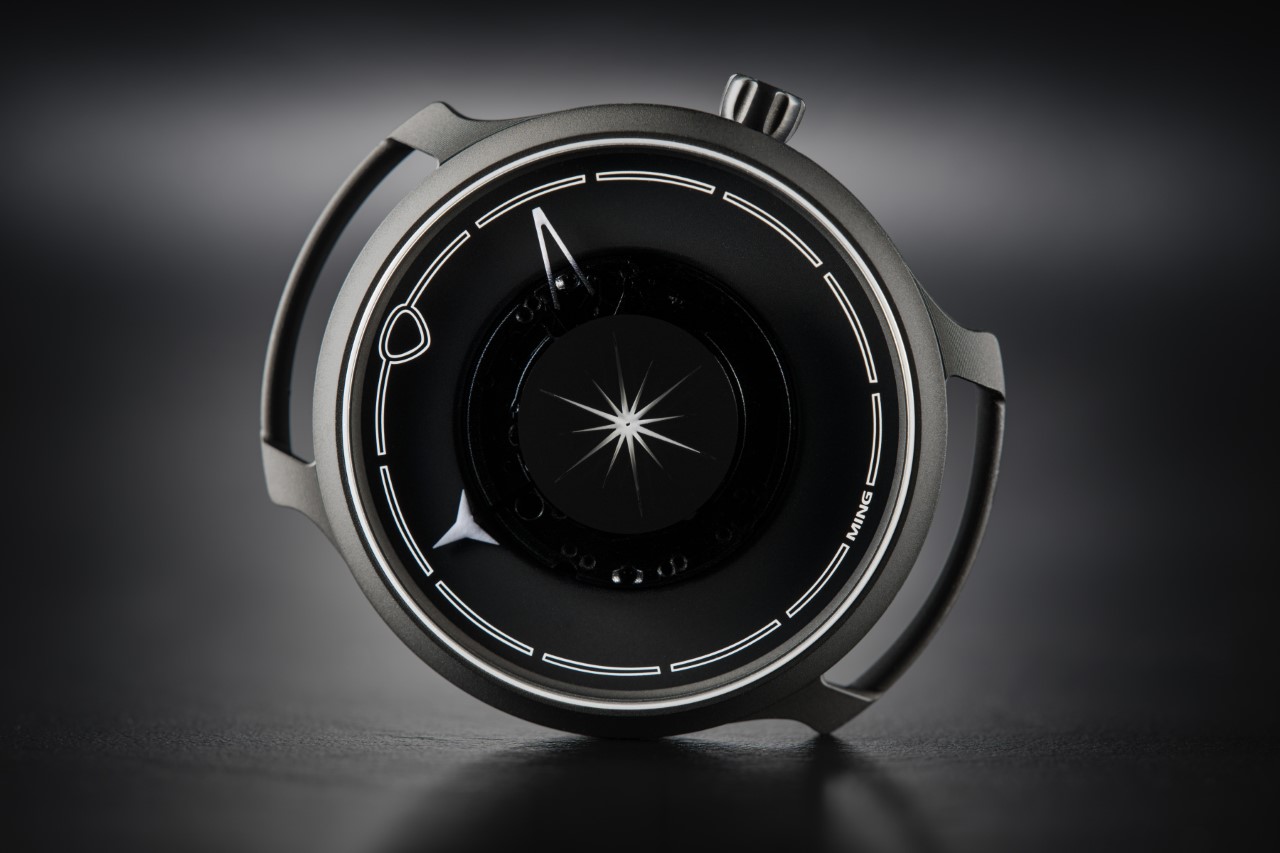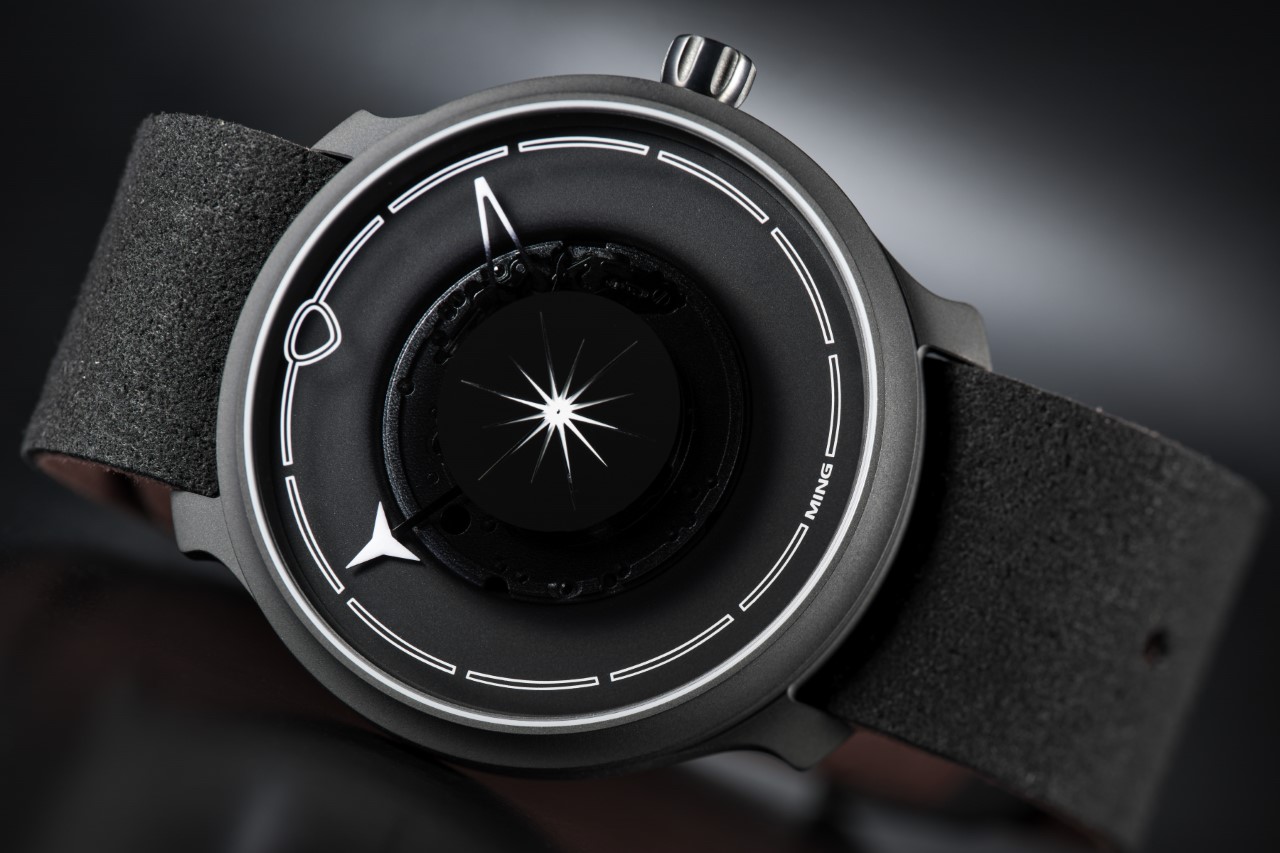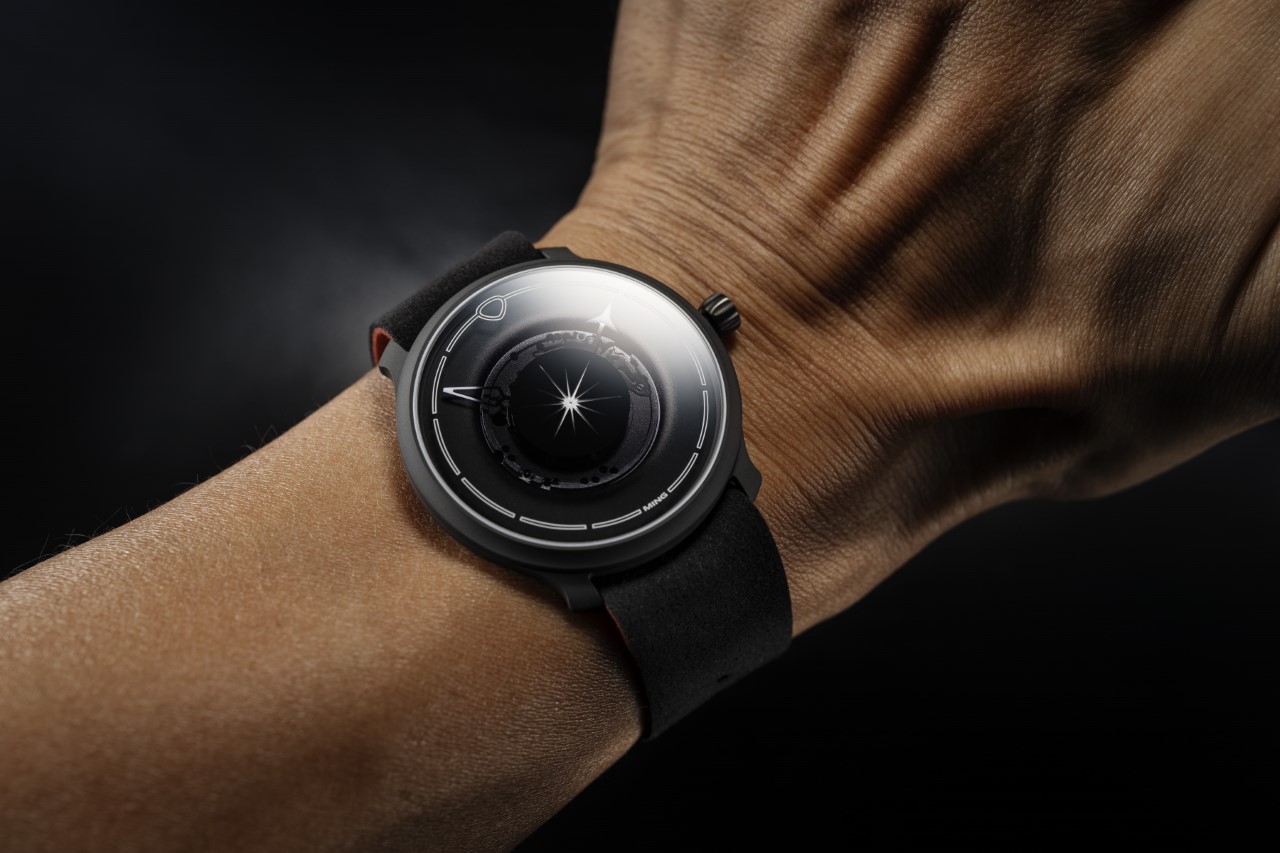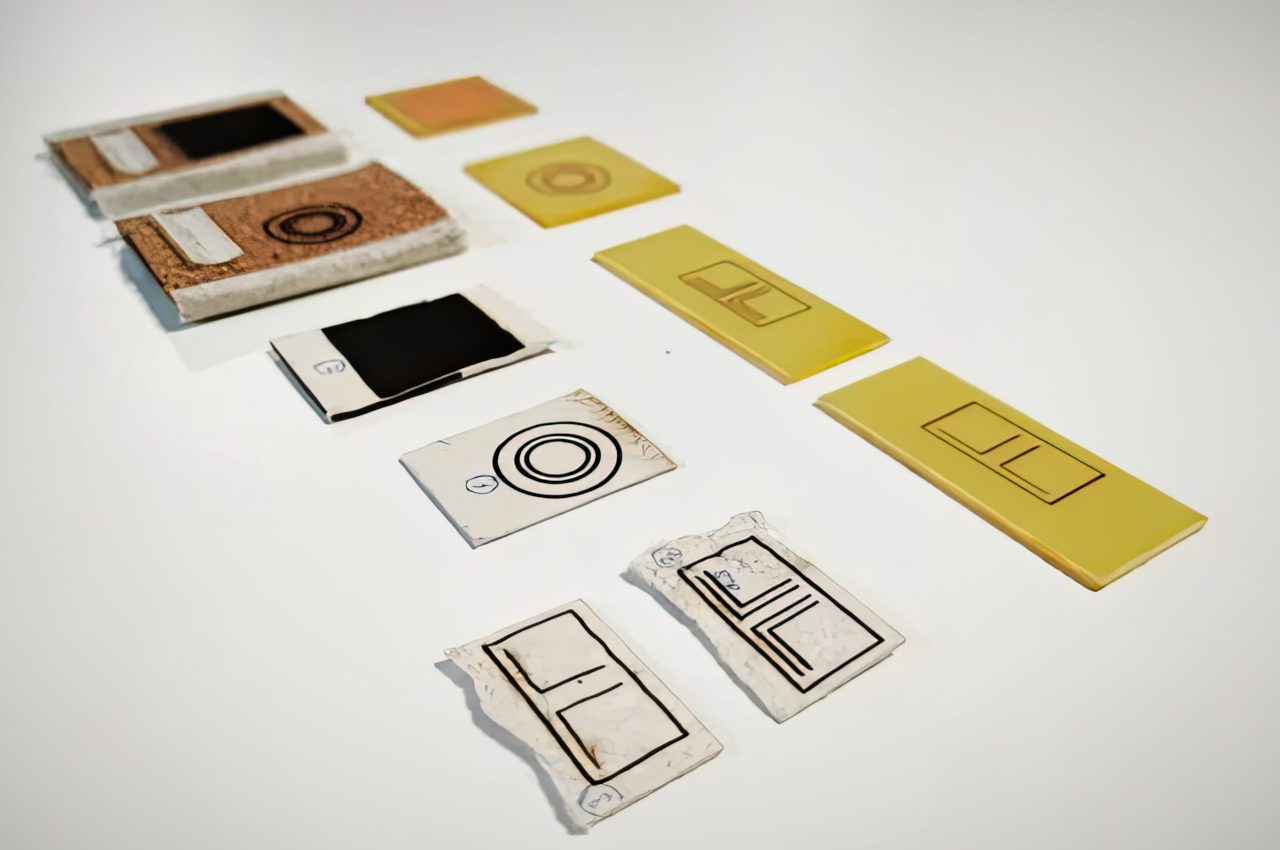
Since its foundation in 1976, Apple has always been at the peak of modern innovation! And let’s take a moment to appreciate all the awesome products and inspiration Apple has provided us with. The groundbreaking tech giant never fails to surprise us, we always find ourselves biting our nails and squirming with curiosity, whenever Apple announces a new product launch! Needless to say, we all have our favorite Apple products, and although they are pretty amazing as is, it’s always fun to amp them up further with some cool and innovative accessories. And, we’ve curated a collection of unique and super functional accessories for your valuable devices – from a slim AirTag alternative to a new and improved iPhone 15 cases!
1. Apple MagSafe Grip Stand


Inspired by the Japanese art of paper folding, the Apple MagSafe Grip Stand can fold flat without the trouble of assembly and disassembly.
Why is it noteworthy?
The stand is pretty thin and sized like a card, so it swiftly attaches to your phone, allowing you to slip your phone into your pocket without the stress of snagging it.
What we like
- Can handle a load of 500g
- Allows you to hold the phone securely with comfort and confidence
What we dislike
- Colors options are a bit limited, could do with more variety
2. Mujjo’s Full Leather Wallet Case
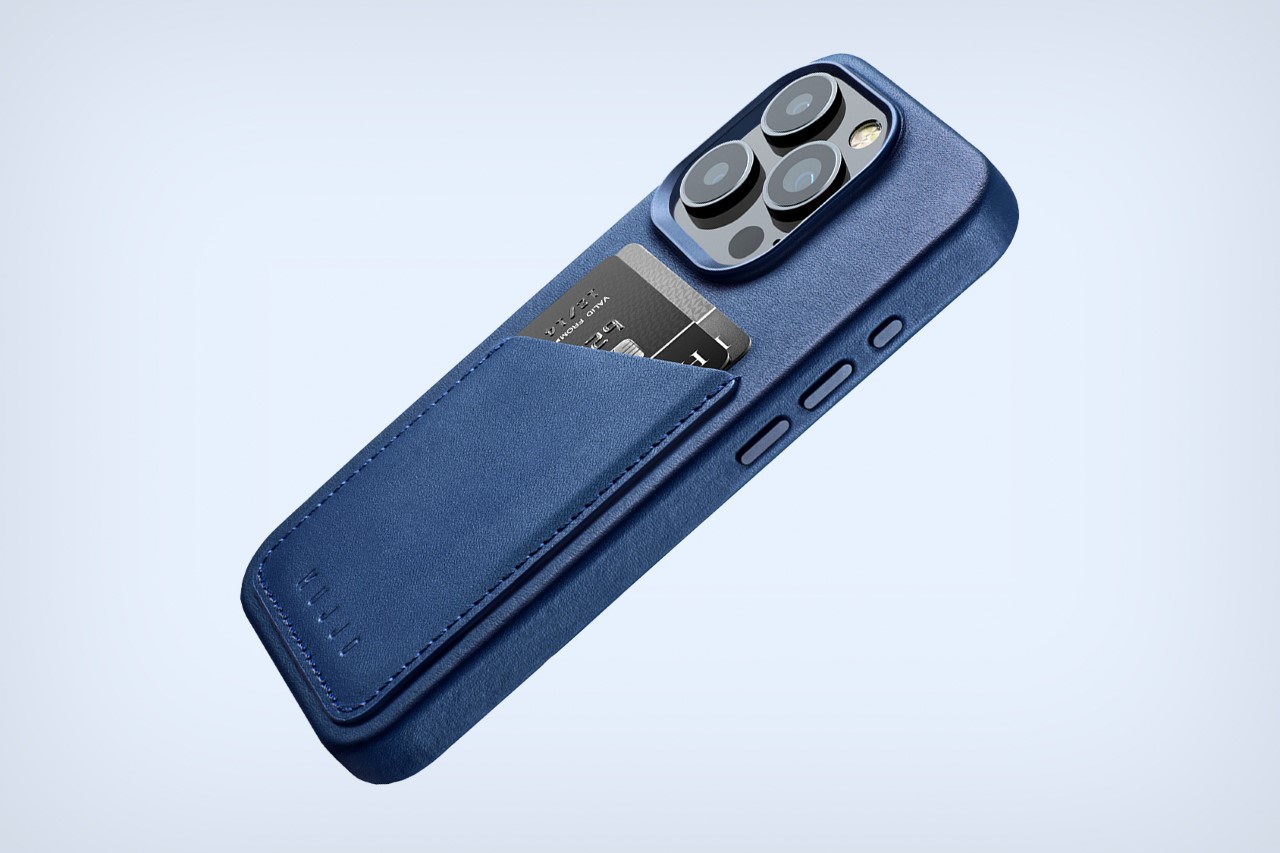

Mujjo designed the Full Leather Wallet Case for the iPhone 15 Pro, and it is clad in premium European leather that is tanned in the Netherlands and made using a remarkable grain, with choices between black, brown, and blue finishes.
Why is it noteworthy?
The camera and lenses are protected via a machined metal rim, while the polycarbonate inner structure with microfiber interior linings protects your phone.
What we like
- Features a slot stitched into the back that holds two cards
What we dislike
- You’ll need to remove the cards if you want to attach Apple’s MagSafe charger to the back
3. CASA Hub Stand Pro


The CASA Hub Stand Pro was designed with the MacBook in mind, and it can raise any laptop up to 29cm in height, offering you a super ergonomic position that wont really strain your neck. You can also set it lower, in case you don’t have an external keyboard. Click Here to Buy Now: $99 $129 (23% off with Coupon Code “23OFFYANKO”).
Why is it noteworthy?
The stand is equipped with a high-precision load-bearing mechanism that can accommodate weights of up to 3.5kg, and can handle heavier gaming laptops as well, and not just a MacBook Pro.
What we like
- Fits personal view angles perfectly
- The base can rotate at 360 degrees
What we dislike
- Offers only one aluminum finish and no aesthetic customisation to match other laptop styles.
4. Slimca HERE
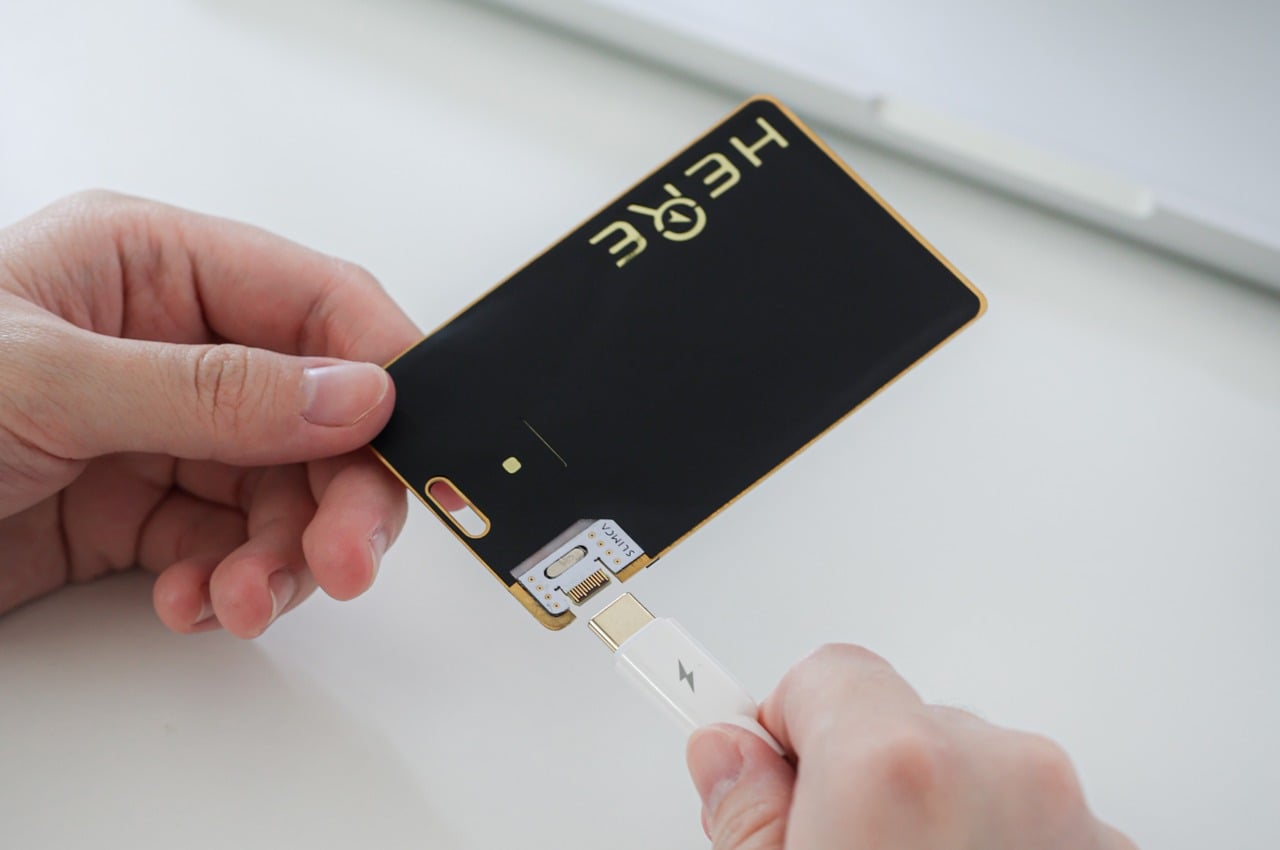

The Slimca HERE is designed to be the same size as a credit card. It functions as an excellent alternative to Apple’s own tracking device.
Why is it noteworthy?
The Slimca HERE features a razor-thin form that slides easily into wallets and is equipped with global tracking, a built-in speaker, and a left-behind reminder. The Slimca HERE works over Apple’s Find My network.
What we like
- Super thin, making it easy to slip into wallets
What we dislike
- It isn’t being sold yet, so we’re not sure how the final product will turn out to be
5. TORRAS UPRO Ostand SS ShieldMate
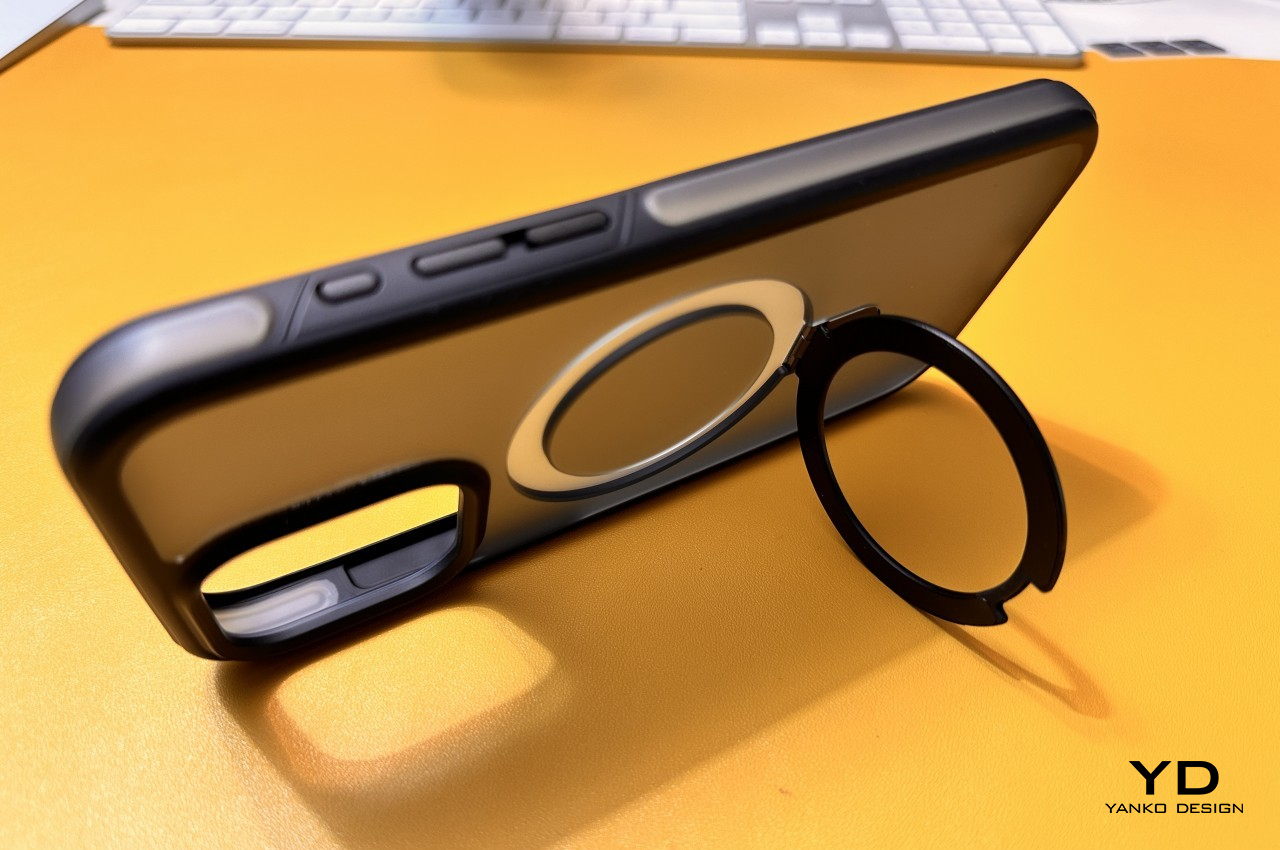

The TORRAS UPRO Ostand SS ShieldMate, short for “Super Shockproof” is a protective case that was created to let your iPhone’s design completely shine through while protecting it.
Why is it noteworthy?
The TORRAS UPRO Ostand SS ShieldMate offers seamless protection when you drop your phone from any height or angle. The case is built from a high-durability TPU material that absorbs 98% of the shock.
What we like
- Provides aesthetic value and protective functionality as well
What we dislike
- With a very minimal line of products, there is no option for anyone who wants a more vibrant design.
6. The PodChain
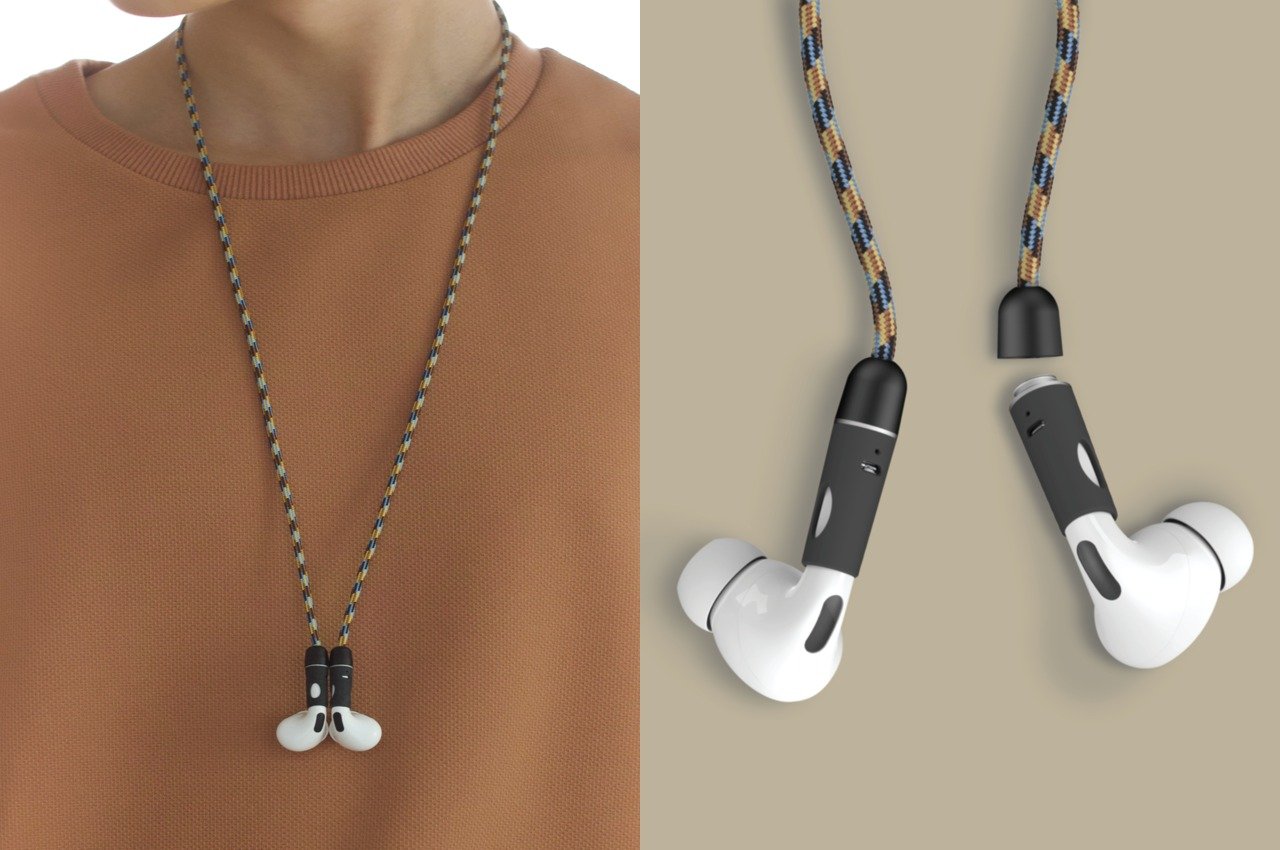
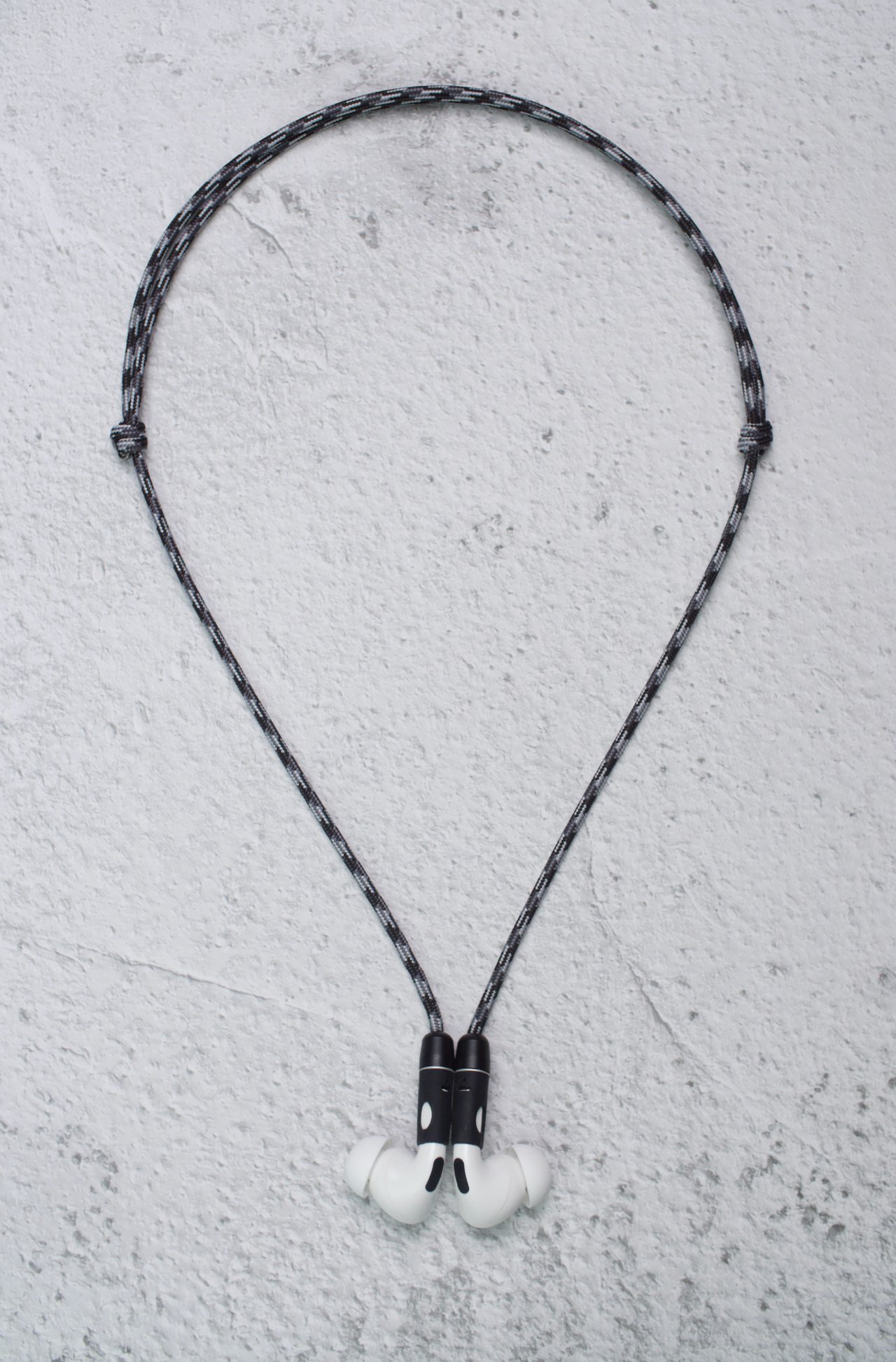
The PodChain functions as a strap to which you can attach your AirPods or AirPods Pro so you can hang them around your neck or a hook until it’s time to utilize or charge them.
Why is it noteworthy?
What is super interesting about the PodChain is that these buds don’t just dangle off your shoulders – it has a One-Click Patented Lock, that you can use to secure your AirPods in place.
What we like
- An excellent option for those who continuously lose their AirPods
What we like
- Not the most aesthetically pleasing design to have around your neck
7. C1 MagFit Case
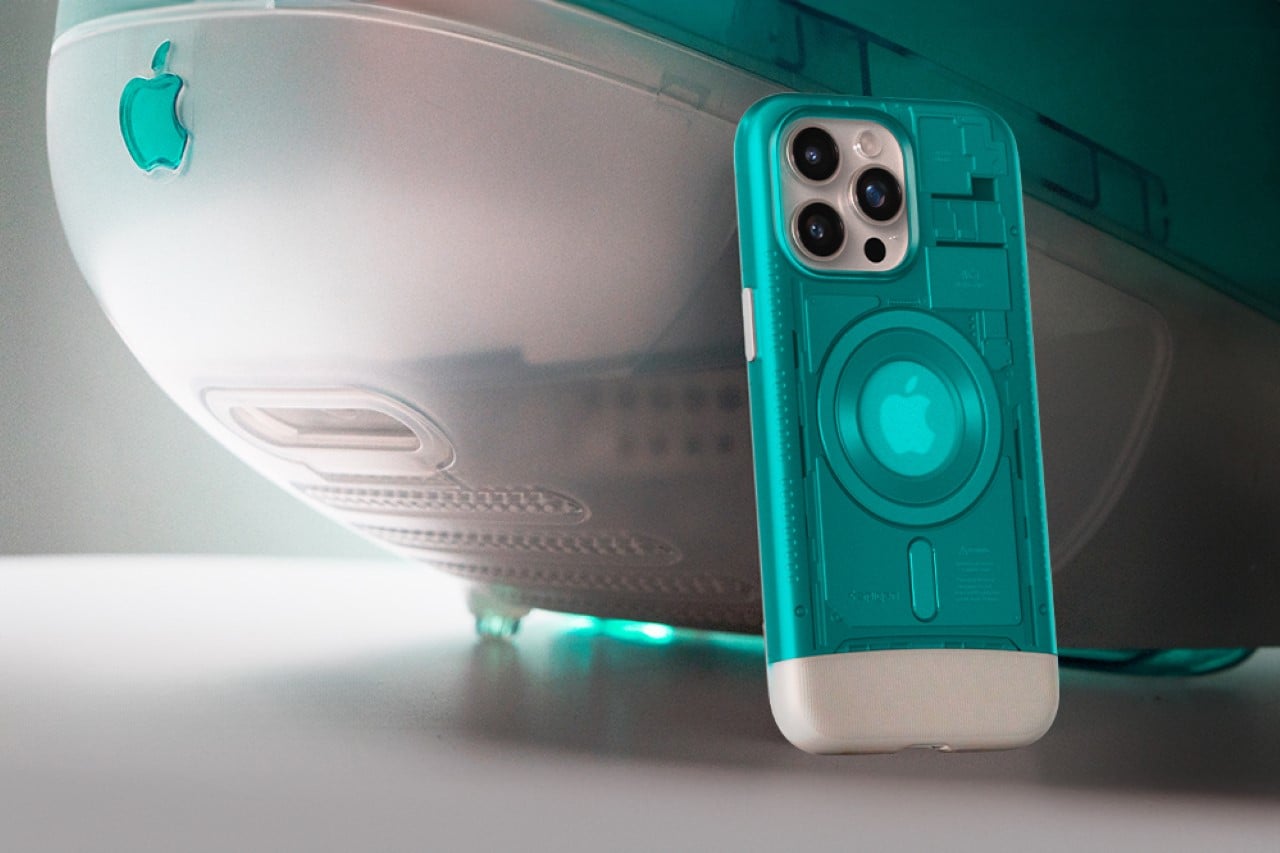

Created the Spigen, the C1 MagFit case for the iPhone 15 Pro and iPhone 15 Pro Max are inspired by the iMac G3’s vibrant translucent colors series.
Why is it noteworthy?
It provides your iPhone with a retro makeover, while also providing protection from cracks, scratches, and bumps. It also continues to enable your phone’s MagSafe features.
What we like
- Comes in three super fun colors
- Features clicky tactile buttons on the sides that are super fun and interactive to use
What we dislike
- It is a retro design, so it won’t appeal to everyone, only those who prefer old-school styles
8. Hermès Apple Watch Bands

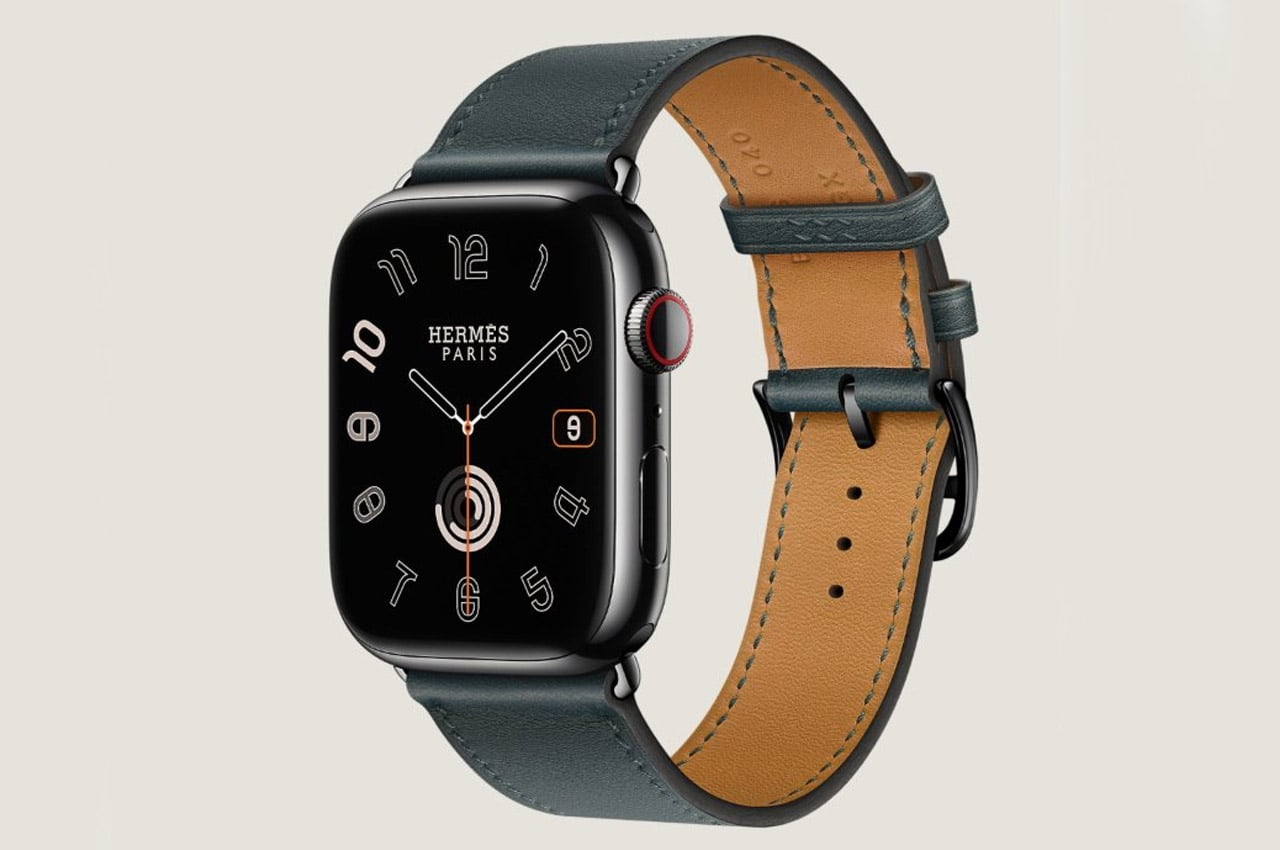
Hermès has launched a variety of roughly 20 leather band variants for the newly released Apple Watch Series 9 and Watch Ultra 2.
Why is it noteworthy?
The brand also released a variety of other designs, colors, and materials, which provide a quick and cool update for your wrist. This collection includes four new styles that have been inspired by luxurious textiles.
What we like
- Includes four new styles inspired by luxurious textiles
What we like
- Has a steep price tag as expected, so not a viable option for everyone
9. HiRise 3 Deluxe


Designed by Twelve South, the HiRise 3 Deluxe is MagSafe certified, and it can charge your iPhone up to 15W. The accessory features a unique and adjustable MagSafe pad, which allows for a 35-degree angle shift to support optimal viewing.
Why is it noteworthy?
The charger favors a front-to-back arrangement, unlike the typical side-by-side layout, which doesn’t occupy too much space on your workdesk and nightstand.
What we like
- Occupies three of your Apple devices without occupying too much space
What we dislike
- Only available in back, would be better to have more color options to choose from
10. Belkin BoostCharge Accessories
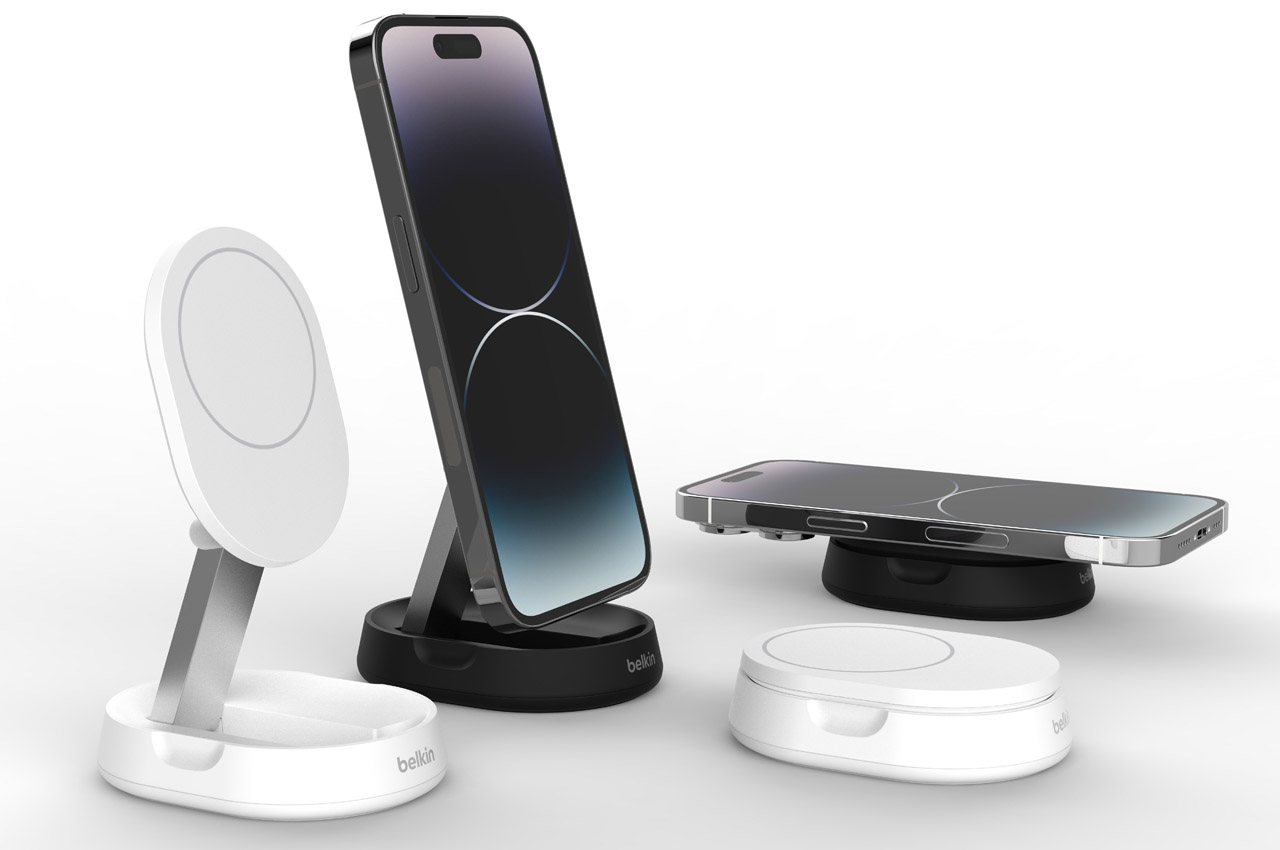
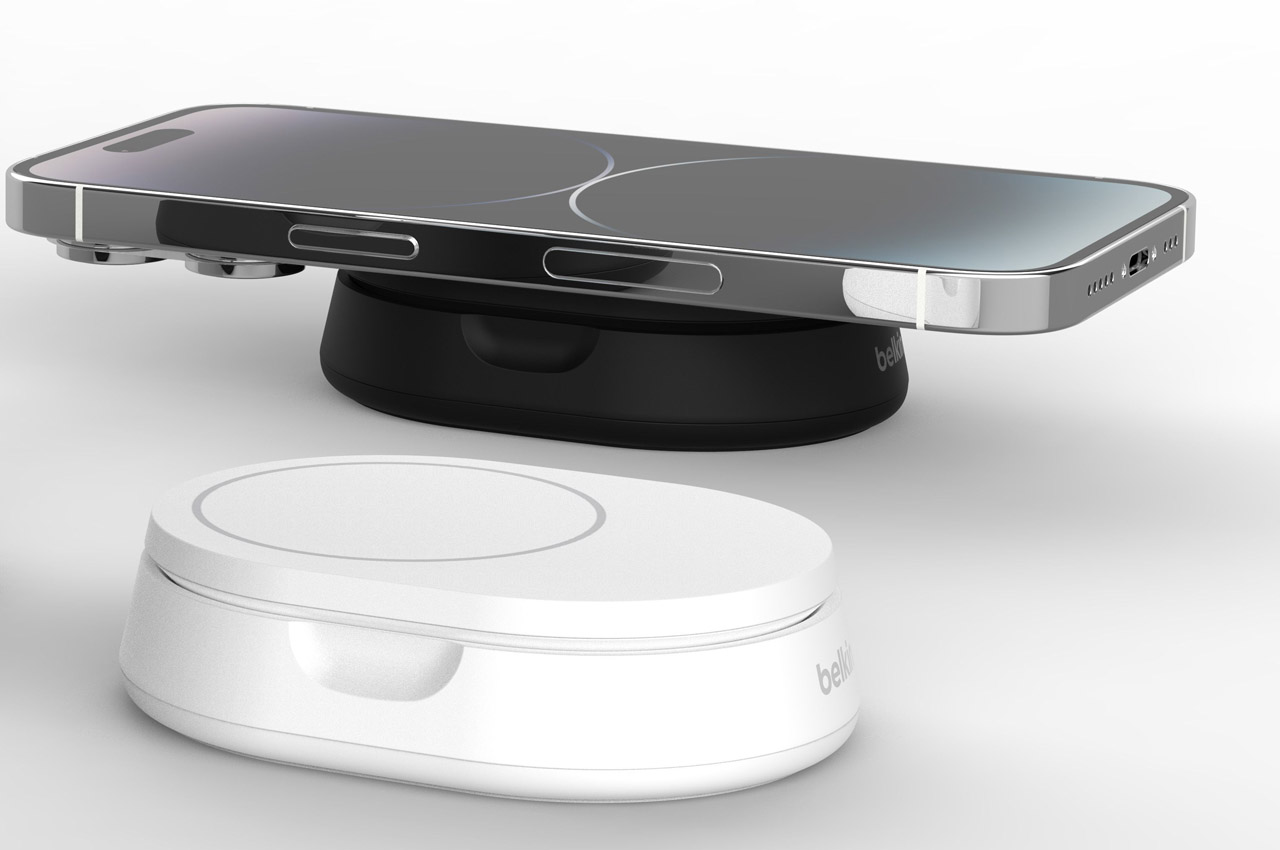
The BoostCharge Convertible Qi2 Wireless Pad to Stand and the other dubbed BoostCharge Pro 3-in-1 Wireless Charging Pad with Qi2 are Belkin’s latest accessories for the iPhone 15.
Why is it noteworthy?
The BoostCharge Convertible Qi2 Wireless Pad to Stand is for people who want a wireless charging pad that can flip upwards so that they can easily watch content. The BoostCharge Pro 3-in-1 Wireless Charging Pad with Qi2 is for gadget lovers who frequently charge their array of devices in tandem.
What we like
- A dual thermal protection system prevents any chance of overheating
- Features a non-slip material to keep the device in place
What we dislike
- The Apple Watch attachment costs extra
The post Top 10 Innovative & Unique Accessories For Your Apple Devices first appeared on Yanko Design.




















